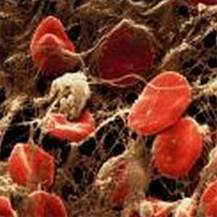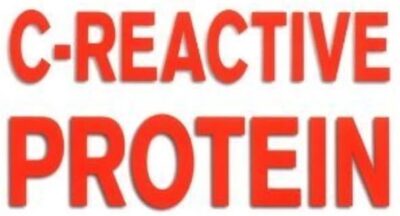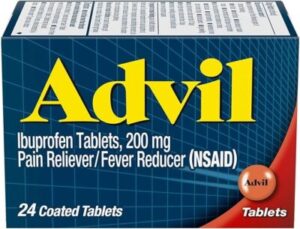Acute inflammation - Needed and immediate

Purpose of acute phase inflammation response
ACUTE PHASE, short-term inflammation is the body’s immediate and appropriate response to infection or injury necessary for survival – occurring within minutes to hours
- Without inflammation, infections would go unchecked and wounds would never heal. E.g. from trauma, surgery, burns;
- Symptoms. The damage site becomes red, swollen and warm, with possible loss of function, as healing mechanisms are initiated.
- Repair the damage. Fibroblasts manufacture the extracellular matrix (ECM) and collagen to repair damaged connective tissue
- Acute inflammation response is designed to work best in a well-nourished person with a mild to moderate injury /infection over a short period of time.
Attack plan details of the acute inflammatory response
“Bring in the troops”.
Blood flow increases and blood vessels change to allow infection fighting blood cells and large molecules to move from the blood stream into tissue that needs healing.
In response to trauma or infection, acute phase protein (APP) molecules are expressed by most cells (including activated endothelial cells (ECs), mast cells and macrophages) to orchestrate the necessary inflammatory action.
APPs are used in cellular communication to modulate cell growth, development, repair, fibrosis, inflammation, immunity and other processes to maintain the body in a steady state. Specific APPS, called acute-phase reactants increase or decrease in response to inflammation. E.g. C-reactive protein increases, anti-thrombin decreases (to allow the blood to clot).
Destroy invaders / Remove damaged tissue.
Cells and molecules kill bacteria and remove damaged tissue by inducing the formation of reactive oxygen species (ROS). The cellular and molecular response signals for biochemical changes that cause unwanted cells to be destroyed.
- Leukocytes peak / monocytes transform into phagocytes. Monocytes can move quickly (approx. 8-12 hours) to sites of infection in the tissues and divide/differentiate into macrophages and dendritic cells to elicit an immune response. Half of them are stored in the spleen;
- Mast cells peak and degranulate. This response initiates the migration of more macrophage cells and fibroblasts to the target stimulated by chemotactic signals from pre-existing fibroblasts, leukocytes and macrophages.
- In the blood vessels:
- Vessels dilate for 15 minutes to several hours and become more permeable. Enables white blood cells (WBCs) and fluids to leave the vessels (manifests as swelling) to travel to the site of the damage or antigen;
- Phagocytic WBCs adhere to vessel wall. Cytokines increase number of EC adhesion molecules, which then adhere phagocytic WBCs (usually neutrophils) to the vessel wall, which engulf and destroy microbes and debris particles. (In viral infection, lymphocytes rather than neutrophils usually predominate. In certain parasitic infections, eosinophils predominate);
- Injurious agents are destroyed or walled off and debris is cleared. By activated specialized blood and connective tissue cells, so that tissue repair can take place;
- Blood clot is formed. Prevents blood loss and provides a barrier to microorganisms;
- Fibrous connective tissue is brought in to repair the damage
- When healing is complete the blood clot is removed

For details on the immune cells involved in inflammation, see:
Meet the immune system participants in the inflammatory process



















